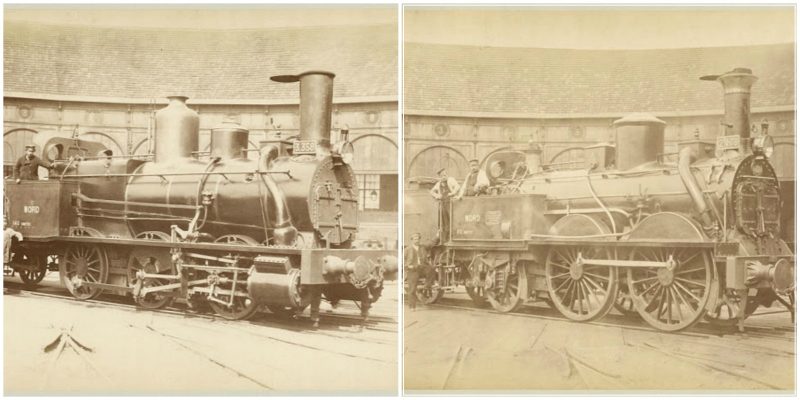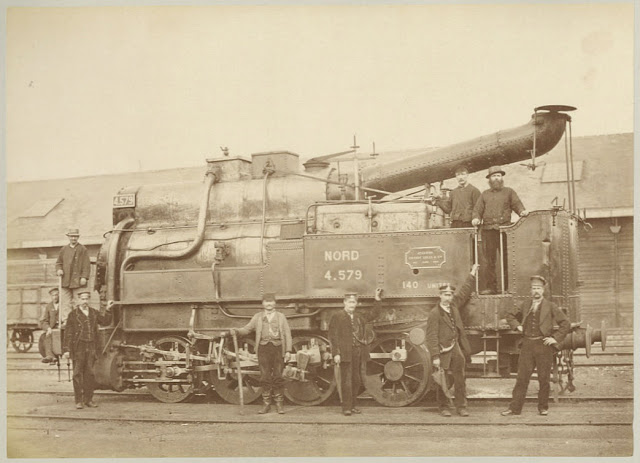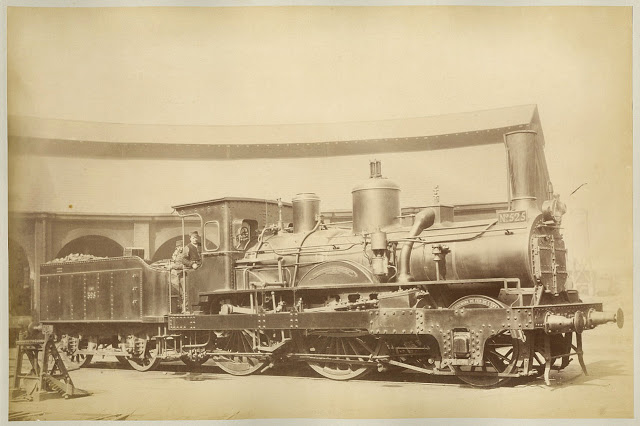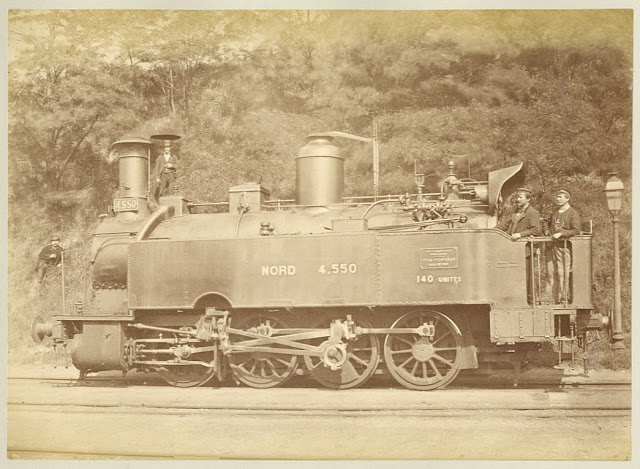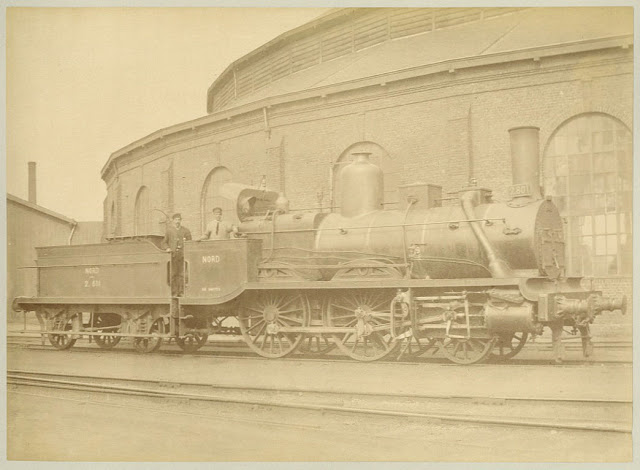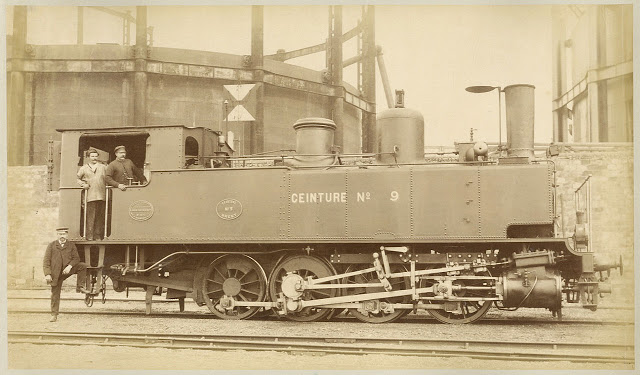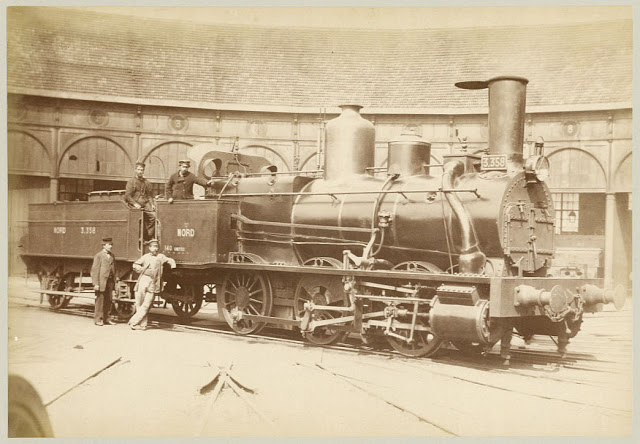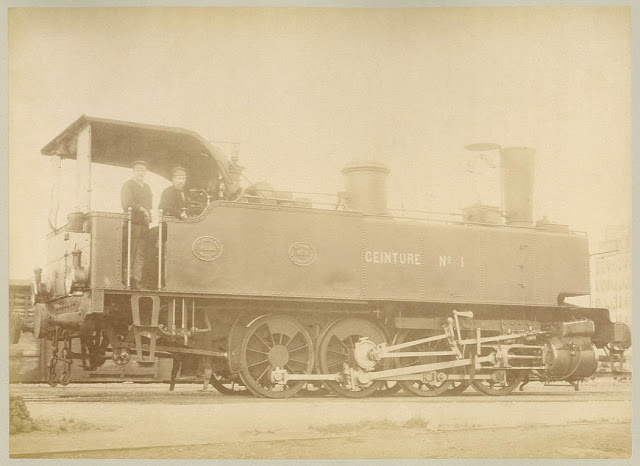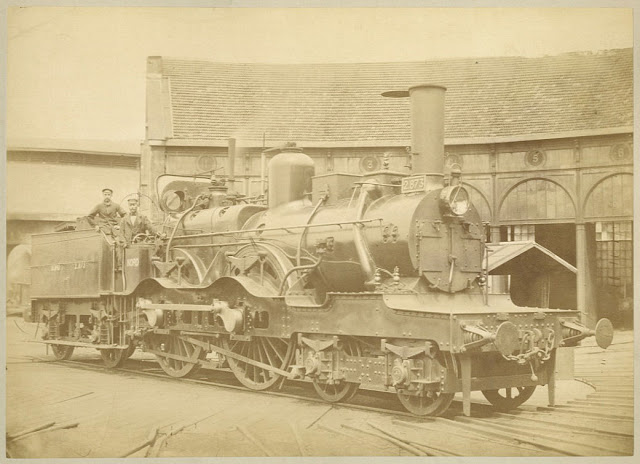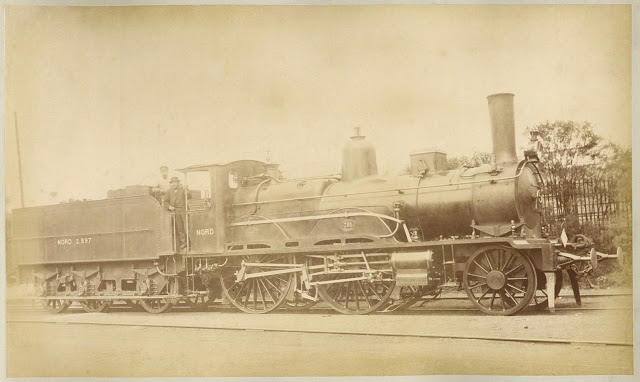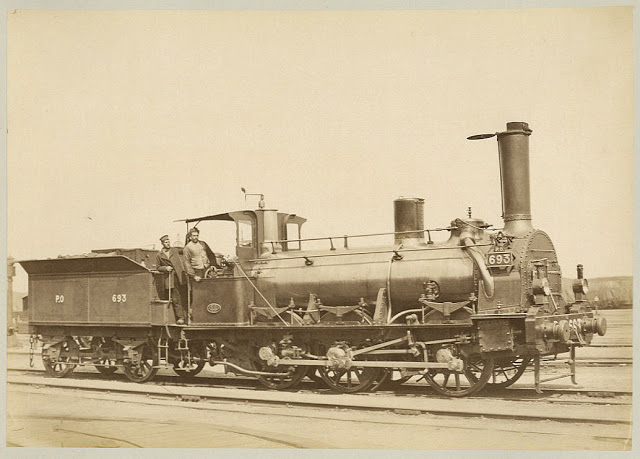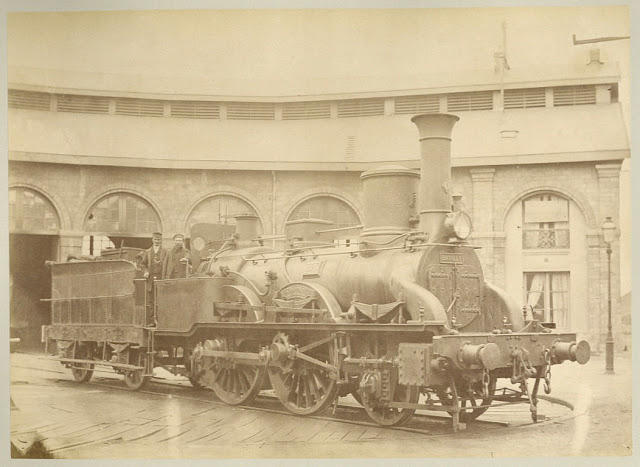The French Northern Railway, often referred to simply as the Nord company, was a rail transport company created in September 1845, in Paris, France. It was owned by among others de Rothschild Frères of France, N M Rothschild & Sons of London, England, Hottinger, Laffitte and Blount. Baron James de Rothschild served as the company’s first president from its inception until his death in 1868.
A royal ordnance dated 10 September 1845 granted exploitation of the railway from Paris to Lille and Valenciennes, branch lines to Dunkirk and Calais and two new lines Creil – Saint-Quentin and Fampoux – Hazebrouck to the CF du Nord. From the Gare du Nord station the company built in Paris, the Paris–Lille railway line led north towards Belgium, first connecting in 1846 to Amiens, Douai and Lille, with a branch line from Douai to Valenciennes. Lille and Valenciennes had already been connected to the Belgian railway network in 1842.The new line made it possible to travel by train from Paris to Brussels and further.
The potential for expansion of the CF du Nord territory was limited by other companies: the Chemins de fer de l’Ouest to its southwest, and the Chemins de fer de l’Est to its east. By opening a line to from Paris to Hirson via Soissons andLaon from 1860 to 1871, it protected its eastern border against CF de l’Est expansion. The concession for the line from Creil to Beauvais, owned by CF de l’Est predecessor Chemins de fer des Ardennes, was exchanged for the Nord’s concession for Laon–Reims in 1855.
In 1937 the CF du Nord was nationalised, as were the other main railway companies, to become part of the Société nationale des chemins de fer français (SNCF).
In 1926 started regular connection of the luxury passenger train from London to Paris, Golden Arrow/Fleche d’Or with British Southern Railway. For transport of passengers’ baggage four containers were used. These containers were loaded in London or Paris and carried to ports, Dover or Calais, on flat cars in the UK and “CIWL Pullman Golden Arrow Fourgon of CIWL” in France.
In 1855 Baron Rothschild commissioned photographer Edouard Baldus to do a series of photographs of the various landmarks on the railway line between Boulogne-sur-Mer and Paris. The photographs were used to create an album for Queen Victoria and Prince Albert as a souvenir of their visit to France that year. The album can be seen today in the photographic collection in the Royal Archives at Windsor Castle.
To organize its transportation and construction and maintenance of military lines, the Ministry of War has a direction referred to as: Directorate Campaign Railways (DCFC). The staff of technical sections Campaign Railways workers recruited in the network staff, among engineers, employees and workers in the service of big companies and the state network, either voluntary or subject to military service the recruitment law was divided into ten sections 5 th Section: North. 8 e Section: East, State and North.
In 1978, the Rothschild bank absorbed the Company and the North becomes the main company of the group 5.Barclays Bank will become de facto owner of the assets and records of the Company following the acquisition of the Rothschild Bank.
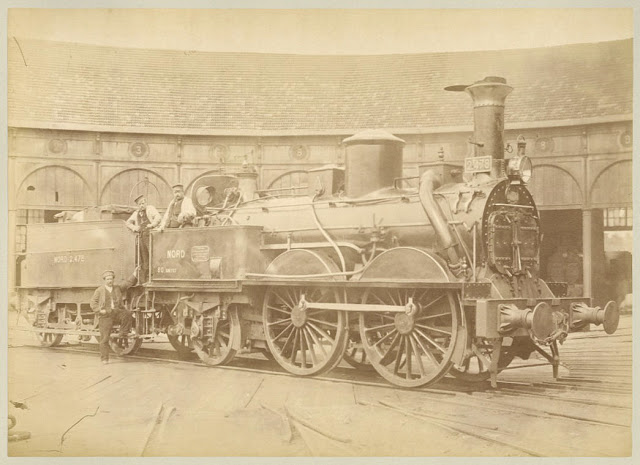
all photos by Live Journal
